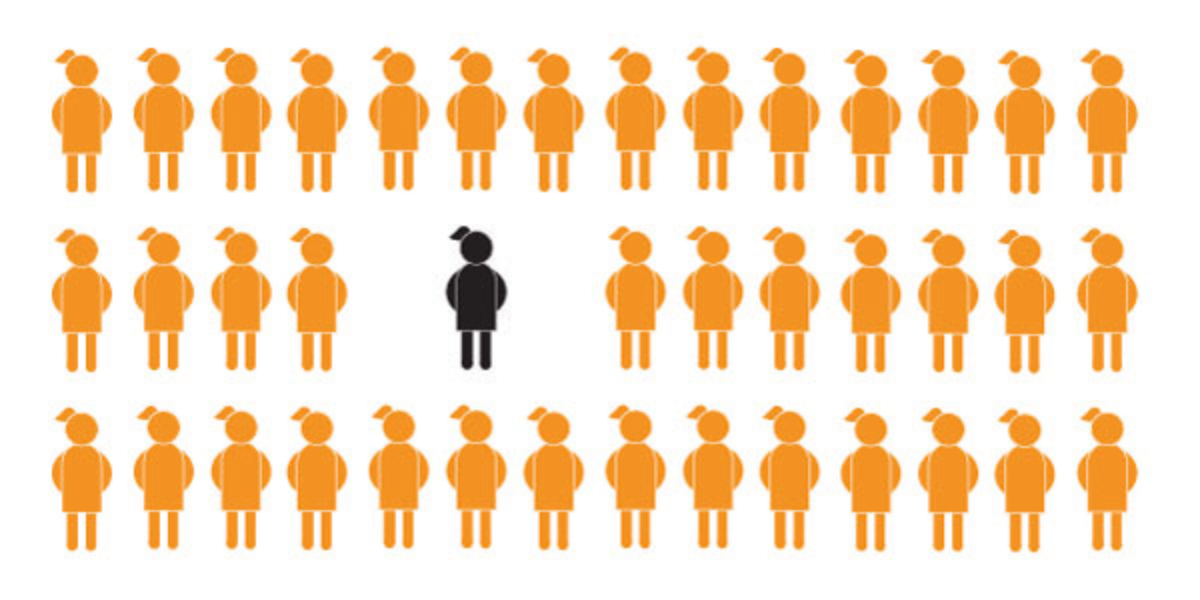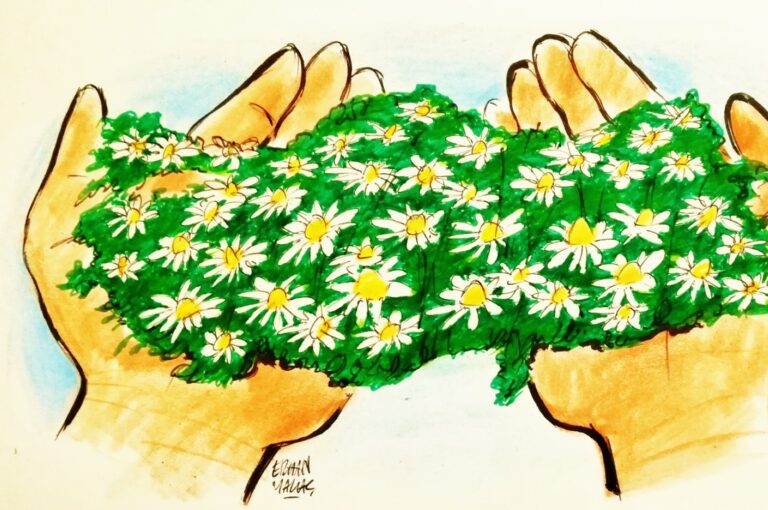what is social exclusion?

Historically speaking, social exclusion was first linked with the concept of poverty as poverty was believed to be the cause of a group’s inability to fully integrate and function within society. Poverty was initially measured in absolutes, meaning that there was a specific monetary threshold below which an individual or group was considered to be afflicted by poverty.
The concept of absolute poverty was, however, questioned by TOWNSHEND (1979) when he put forth the idea of relative poverty, the idea that the income needed to live a respectable and socially acceptable life was dependent on the space within which an individual or group functioned. Relative poverty, therefore, became aligned with the concept of deprivation, or the lack of goods, services, or rights that made it difficult or impossible to fully function within society.
This was an important step away from using poverty as the sole indicator of inclusion or exclusion because there was an acknowledgment that an individual or group did not necessarily have to be afflicted by poverty to be deprived. A normative element was subsequently integrated into the concept of exclusion when the notion of socially accepted standards was incorporated into the discussion. SAUNDERS et al. (2008) suggest that deprivation was then not only recognized as a lack of socially perceived essentials for some individuals or groups, but also that policy decisions cause or even enforce inequalities.
Still, the concept of social exclusion as a problem linked to multiple factors did not emerge as a matter of debate until the 1960s in France, where it remained on the fringe of social and political discourse until the late 1970s/early 1980s following massive economic restructuring and the financial crisis of the 1980s. According to LABONTÉ et al. (2011), there were hopes that the acknowledgment of the various factors influencing inclusion would aid efforts to avoid problems with social cohesion and stability. Concerns about how any one element could affect the overall ability of individuals and groups to participate in society made this issue particularly relevant. Likewise, the continued focus strictly on income and therein purchasing power as indicators of exclusion continued to be criticized because it did not truly reflect the actual freedoms and liberty that an individual/group had within a society. Instead, an argument was made in favor of a more practical means to measure real opportunities for individuals or groups to accomplish that which they value .
These criticisms became highly applicable to a broader understanding of the various social processes and their subsequent consequences that lead to social exclusion. The first waves of research on the topic focused on traditionally marginalized populations, e.g. the disabled, the poor, or substance abusers, and the issues that impeded their participation in society. Later research began to focus on socially excluded groups as a general phenomenon through the identification of the identifying characteristics of a given group that brands it different from those existing within the realms of conventional culture.
Social exclusion has accordingly evolved to represent a normative concept that describes the effect of the establishment of economic, social, political, and cultural norms that hinder non-dominant groups’ societal participation in a manner that aligns with their respective social norms.
sources:
- Alkire, S. (2002). “Valuing Freedoms: Sen’s Capability Approach and Poverty Reduction,” OUP Catalogue, Oxford University Press, number 9780199245796.
- Bailey, N., Spratt, J., Pickering, J., Goodlad, R., and M. Shucksmith (2004). Deprivation and social exclusion in Argyll and Bute. Report to the Community Planning Partnership. Scottish Centre for Research on Social Justice, Universities of Glasgow and Aberdeen.
- Jehoel-Gijsbers, G., & Vrooman, C. (2007). Explaining social exclusion.
- Labonté, R., Hadi, A., Kauffmann, X. (2011). Indicators of Social Exclusion and Inclusion: A Critical and Comparative Analysis of the Literature.
- Lessof, C. and R. Jowell (2000). Measuring Social Exclusion. Working Paper Number 84. The Centre for Research into Elections and Social Trends. Oxford: University of Oxford.
- Saunders, P., Naidoo, Y., Griffiths, M. (2008). “Towards New Indicators of Disadvantage: Deprivation and Social Exclusion in Australia”, Australian Journal of Social Issues, 43(2):175-194.
- Sen, A. (1985). Commodities and Capabilities. Amsterdam: North-Holland.
- Sen, A. (2000). “Social exclusion: Concept, application and scrutiny”, Social Development Papers No. 1, Office of Environment and Social Development, Manila: Asian Development Bank.
- Silver, H. (1994). Social exclusion and social solidarity: three paradigms. Int’l Lab. Rev., 133, 531.
image credit



